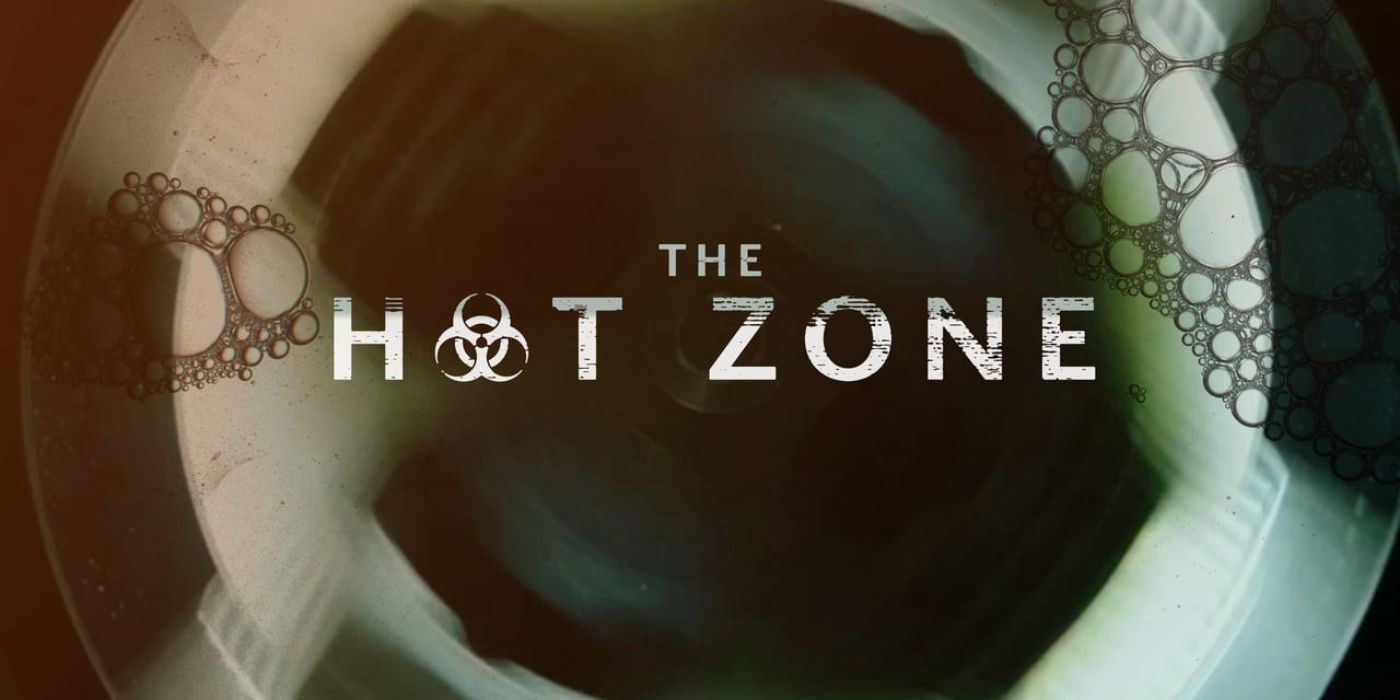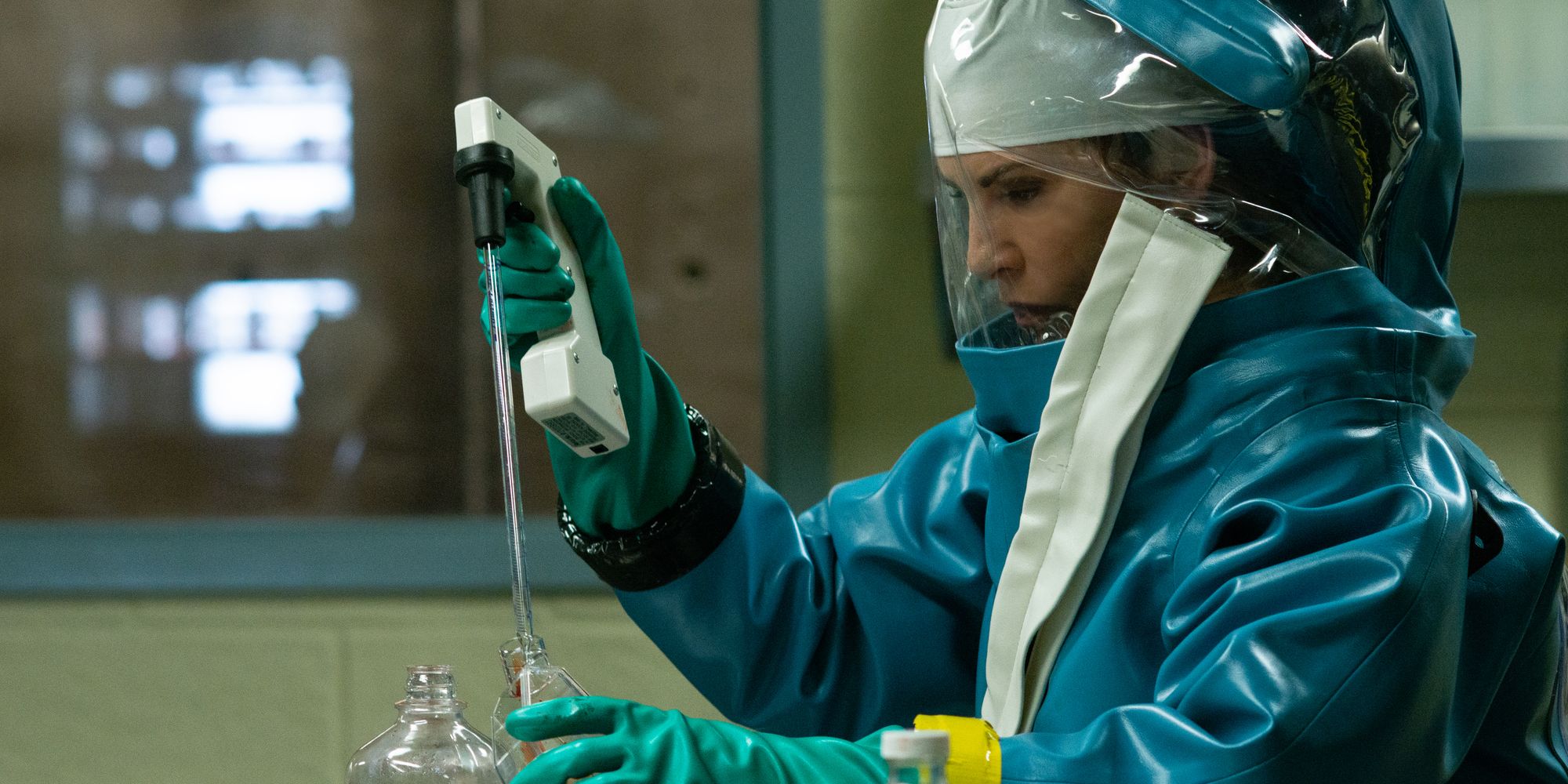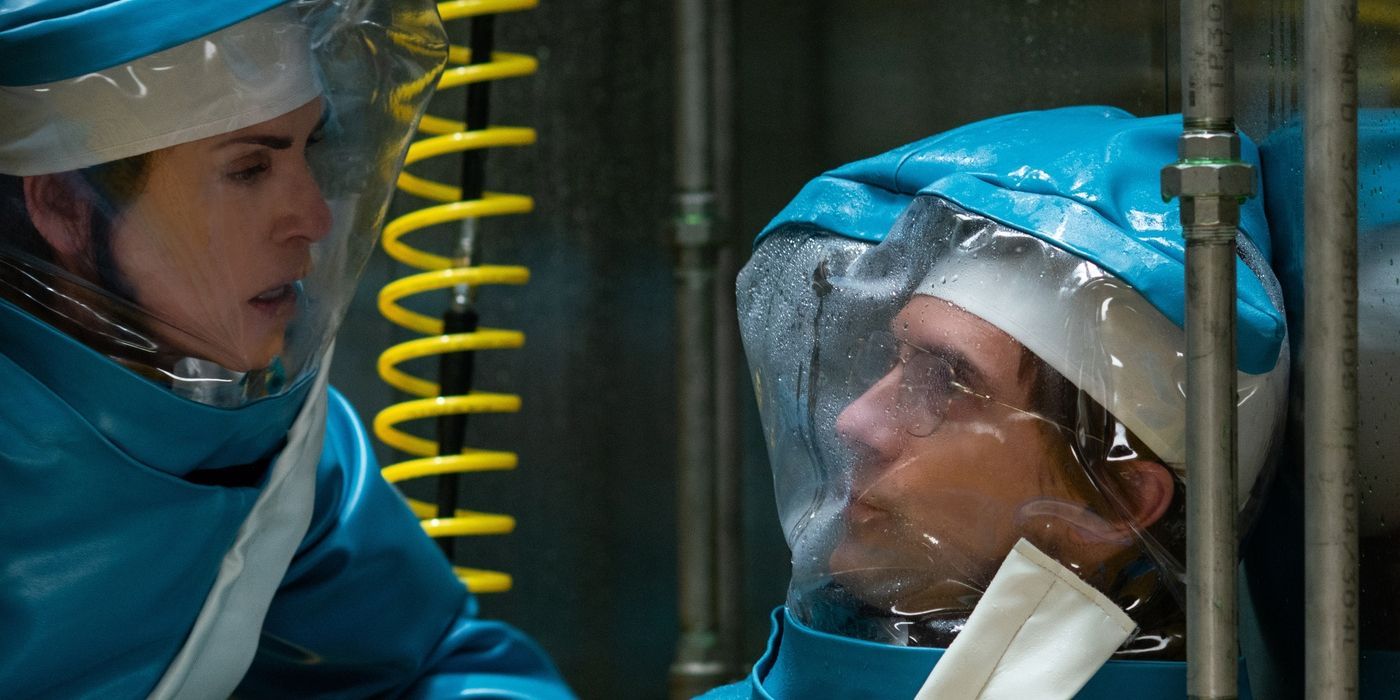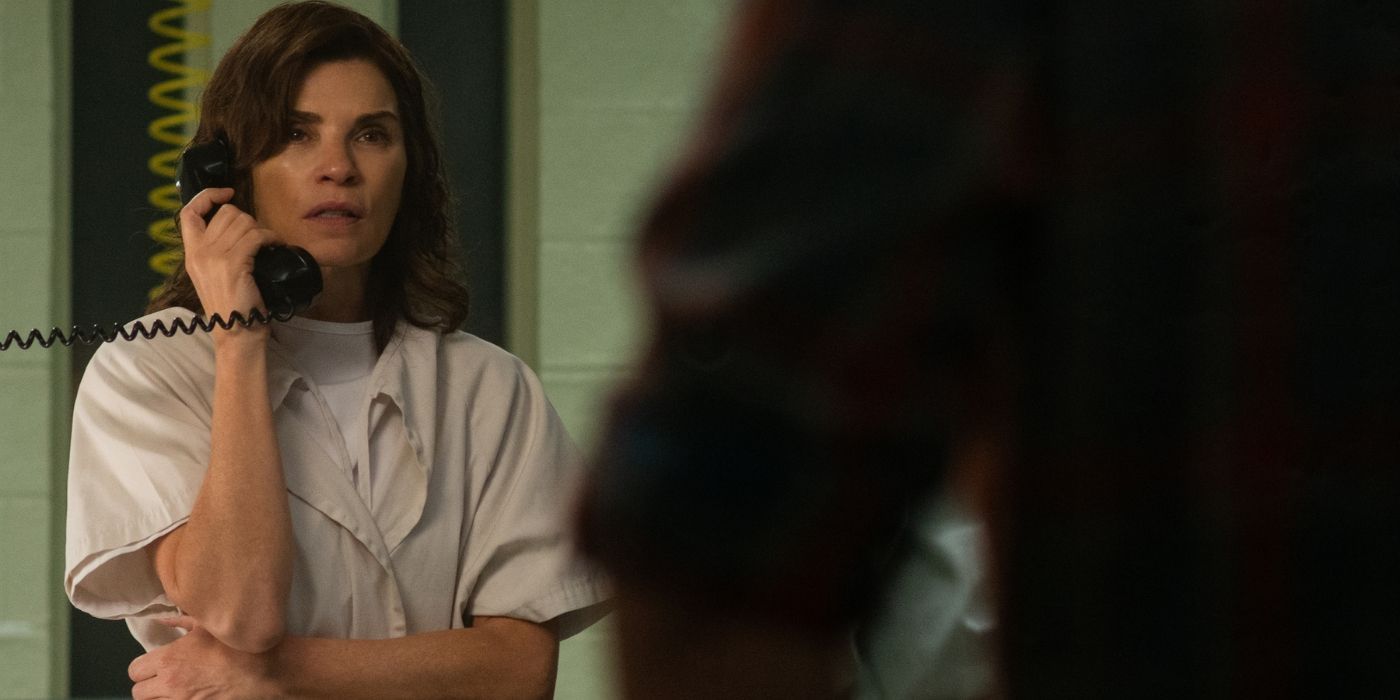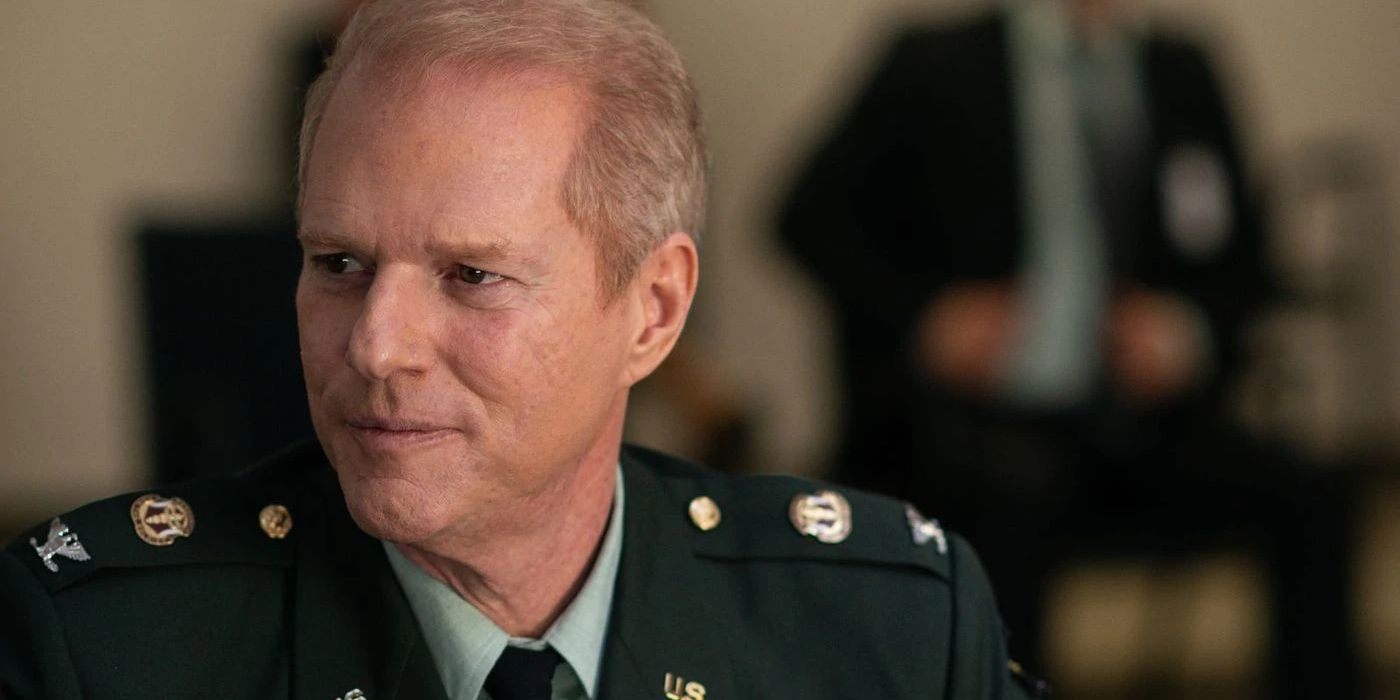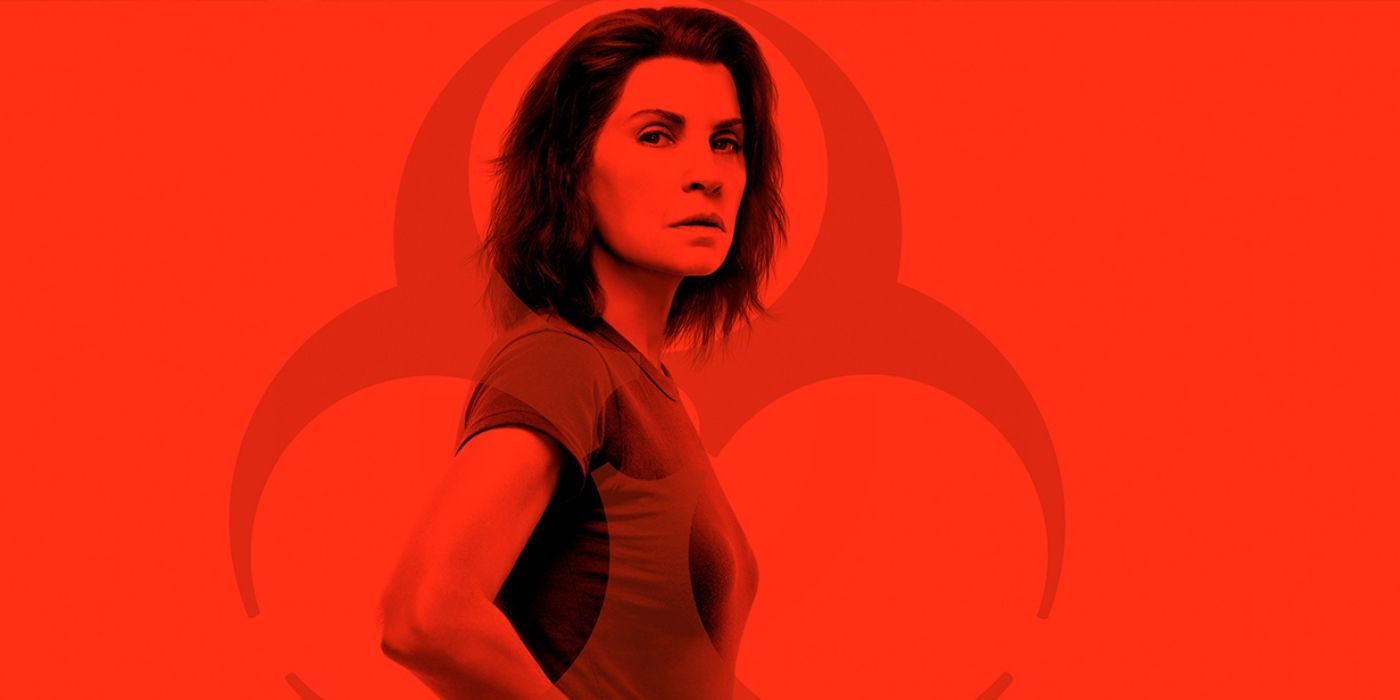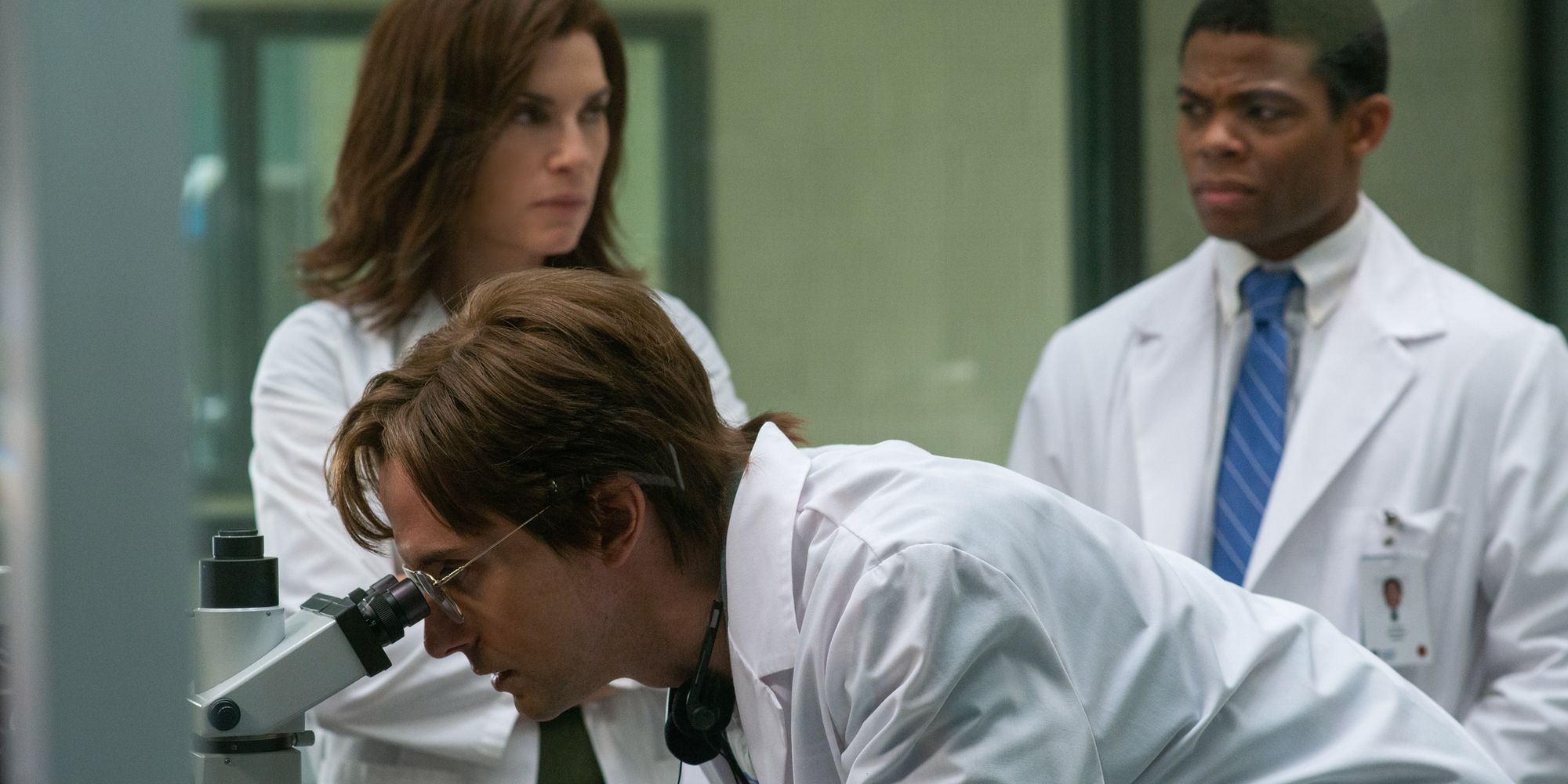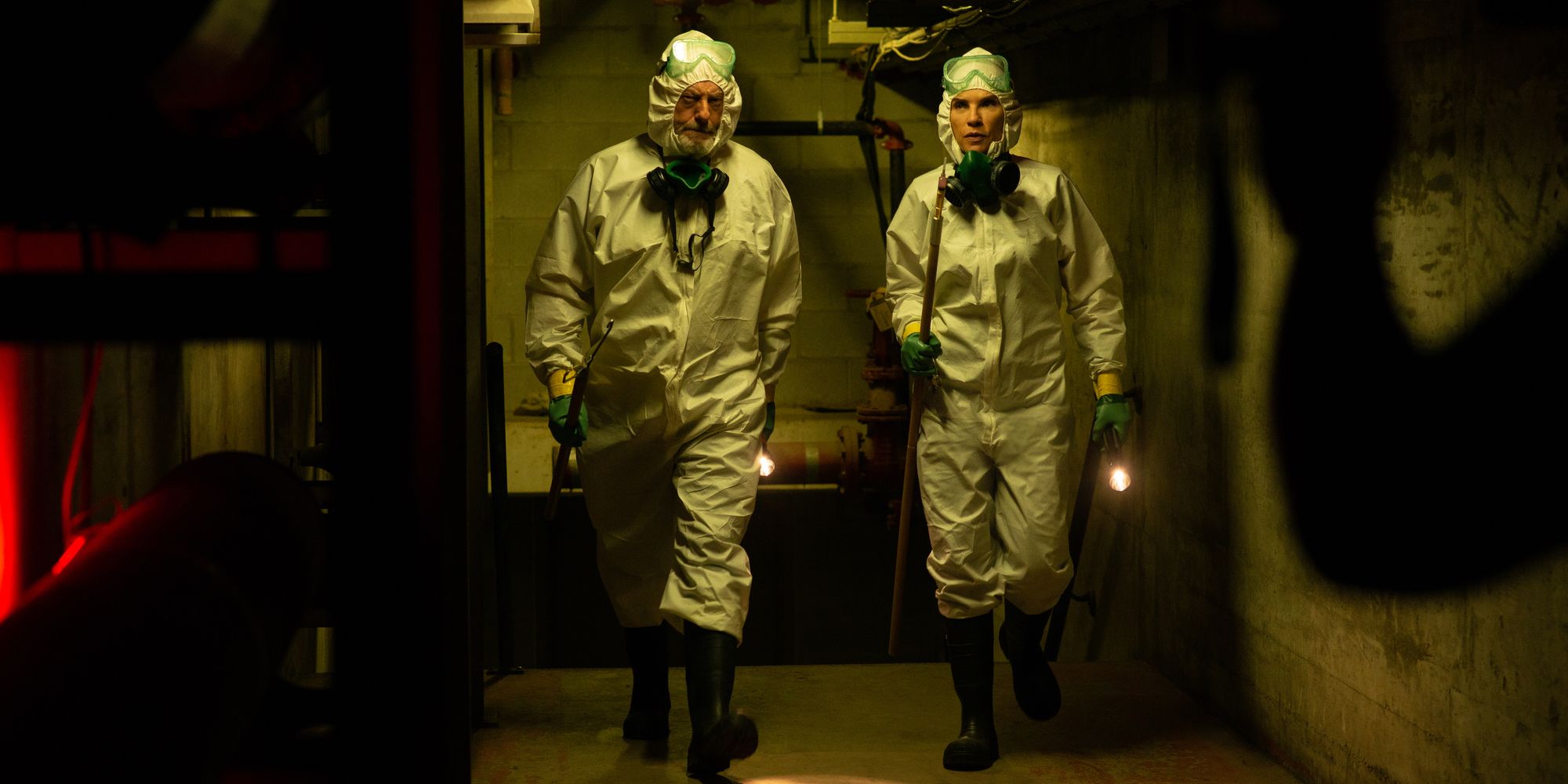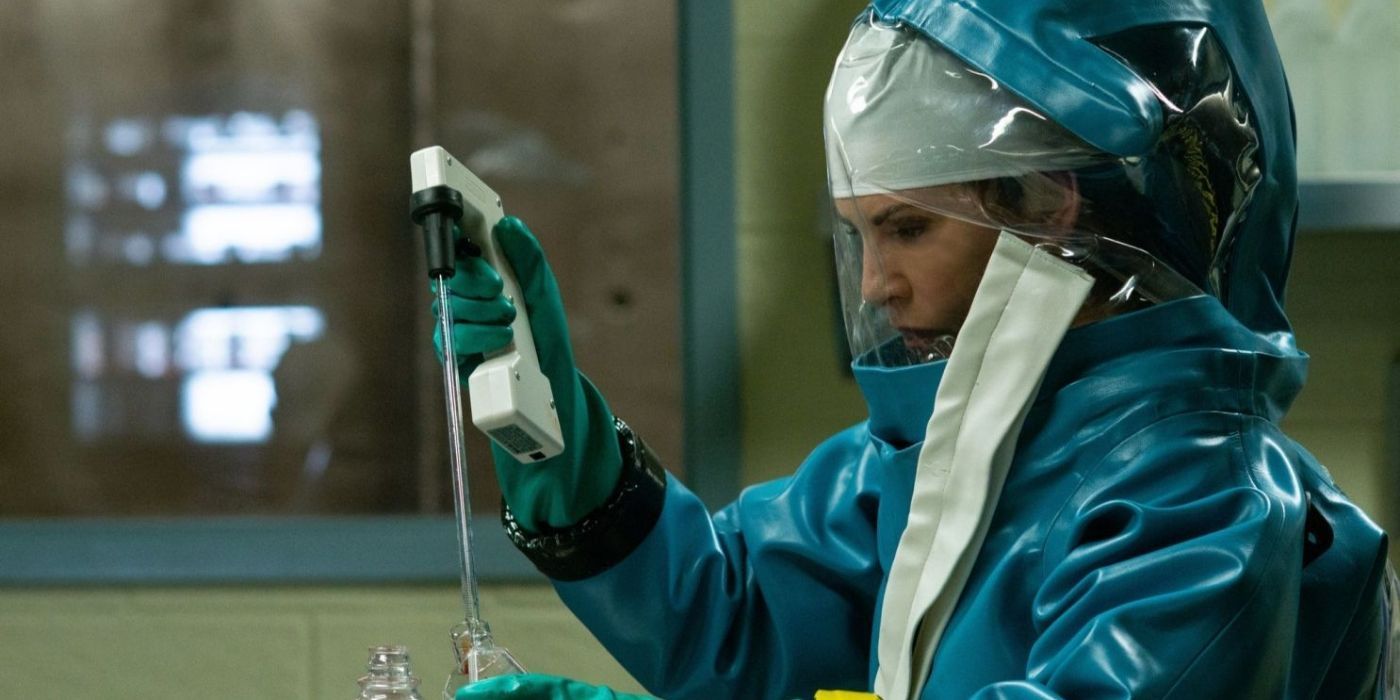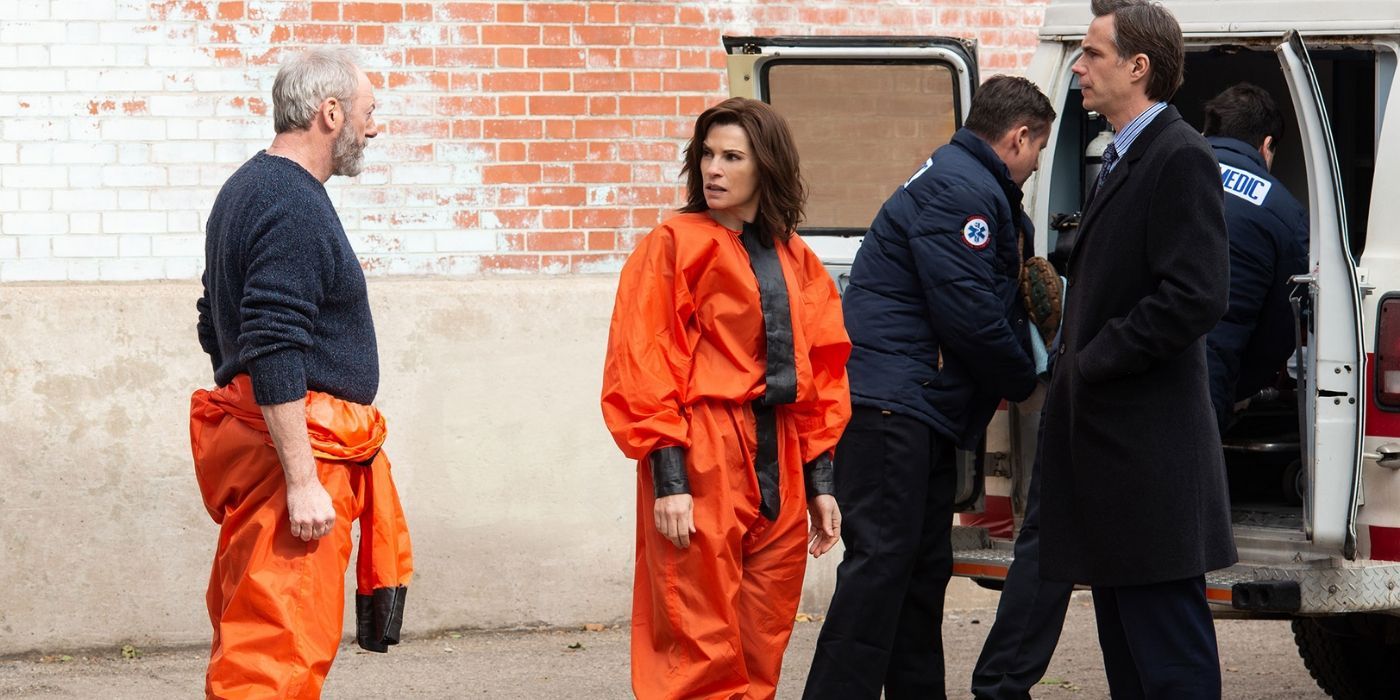The Hot Zone was a hit novel written by Richard Preston based on real events that occurred in the late '80s. Honestly, it's a bit surprising that it took this long to get an adaptation from the novel (though that's a whole story in itself). Still, over twenty years later, here we are.
Like any adaptation, there are quite a few differences to be found between the novel and the TV series. This may be especially odd in this case, given that the novel had a real-life foundation. Regardless, here are ten of the things the TV adaptation left out.
The Protective Gear
Understandably, there are quite a few procedures that go into the handling of dangerous and potentially contagious samples. Unfortunately, showing our understanding of safety in these matters is something that the Hot Zone series did not show.
Our view on protection has certainly advanced since the time of these events – but not as much as this series would imply. Multiple times characters are shown working with hot materials with minimal to no protection. And even when protection is shown, the protocols have been altered (likely for the sake of filming to look good).
The Purpose of a Monkey House
The adaptation never doubted the fact that monkey houses exist – but it somewhat glossed over the purpose of this major facility. This facility takes in monkeys from across the globe and keeps them in quarantine. Their purpose is quite literally to catch anything contagious going through the monkeys. Remember, monkeys and humans are alarmingly similar, so any disease in a monkey population is potentially a risk to humans.
Thus this facility is very important. This is a fact that cannot be stated enough. This is the final step for the monkeys before they're sent off to other labs and facilities.
Proper Quarantine
Remember that dramatic scene early on, where Lieutenant Colonel Nancy Jaax had a near-miss with the infected blood? In the real world, had that happened (which, for the record, didn't happen as shown, but that's an entirely different point to make), the dear Lieutenant Colonel would not have been allowed home that day. Or even the next day.
Instead, Lieutenant Colonel Jaax would have been forced to stay in quarantine for up to a month. It's not exactly an ideal situation, but certainly better than letting her out into the world where she could have potentially spread a fatal disease.
Colonel Gerald Jaax
The Hot Zone adaptation showed a habit of reducing secondary character roles right off the bat. One of the characters whose story is altered is that of Colonel Gerald Jaax. You might recognize the name – he did make an appearance, but more as Lieutenant Colonel Nancy Jaax's husband than anything else.
Colonel Jaax worked in the same field as his wife – and played a major role in the events that unfolded in this disturbing tale. We understand the decisions to put the focus on his wife, but it doesn't negate the fact that he helped to run containment.
Dan Dalgard
Dan Dalgard was the lead veterinarian at Reston Primate Quarantine – and he's another person who saw his tale changed from the novel (though who's to say what was changed for the sake of the novel).
Dalgard clearly took his job seriously, recording and reporting all of the symptoms about the monkeys to his higher-ups. He is also the one that reached out with the concern about the primate deaths in his care.
Peter Jahrling
Another person/character who saw significant changes for the adaptation. Jahrling was the one who originally received the monkey spleen samples – and he was not pleased in the manner in which they were transported.
This is one of those moments that first chilled readers, for the monkey spleens were not packed in a way that met with any hot level requirements. It's enough to make everyone thankful that things had not gone as poorly as they could have.
Level 3
Remember earlier, when we mentioned the different tiers of safety requirements, depending on the danger and risks involved? Ebola is a hot zone four, while the suspected disease for the monkeys (simian hemorrhagic fever) is lower. It would still have been handled in a level 3 room though – better safe than sorry.
One of the big features about level three is the negative air at the entryway. And the fact that proper protection is worn at all times (gloves, gown, mask, eye gear, etc). The adaptation seems to have ignored that there were varied tears of containment.
Thomas Geisbert
Thomas Geisbert's role seems to have been absorbed into other characters during the process t0 adapt to a miniseries. Geisbert was just an intern at the time of the event, and he's the one that was responsible for putting the samples sent through the electron microscope.
Giesbert is one of the people who tried to bring his concerns up the chain – he was also one of the two scientists who had sniffed the sample – as shown in the adaptation. We can all be thankful that this particular turn of events hadn't turned out worse.
Comparing the Samples
Dr. Jahrling played a role in the adaptation, of course. But his role is very different from that shown in the novels. He was still concerned about his potential exposure from earlier – who wouldn't be? But he kept relatively cool and kept on working throughout.
One of the things Jarhling did was make up a set of samples for comparison. He was aiming to find the glow – and thus match – in both the monkeys and his blood. This was the process used to identify what they were dealing with. Dr. Jarhling had to do multiple runs, as he was concerned he had swapped the samples the first time around. But we all know what he found.
The Sheer Number of People Involved
One thing the TV adaptation failed to show was the sheer number of people – scientists and military specialists alike – who were involved in this whole ordeal. In order to make the series compact and understandable, they had to cut out a lot of named characters (real people, mind you), and blend other characters together.
But this reduced some of the impact. It's hard to believe or picture the number of people who would have been on hand in an emergency like this. Or, another way to look at it, how many people risked exposure in an attempt to get the event under control.

